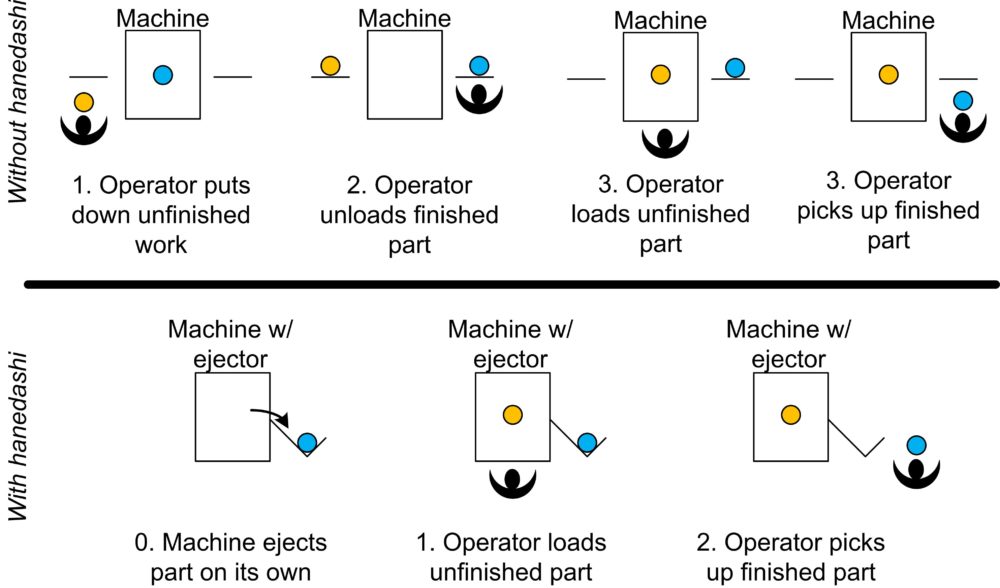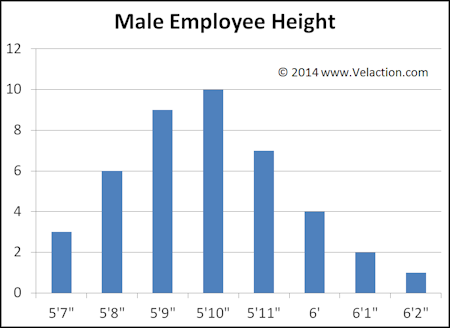Lean Terms
Hajek, Jeff
Jeff Hajek is the author of this reference guide you are reading and Whaddaya Mean I Gotta Be Lean?, a primer on Lean for frontline employees. He also publishes the Velaction.com website, which contains an extensive online directory of Lean terminology and the Gotta Go Lean Blog. He is a Read more…





